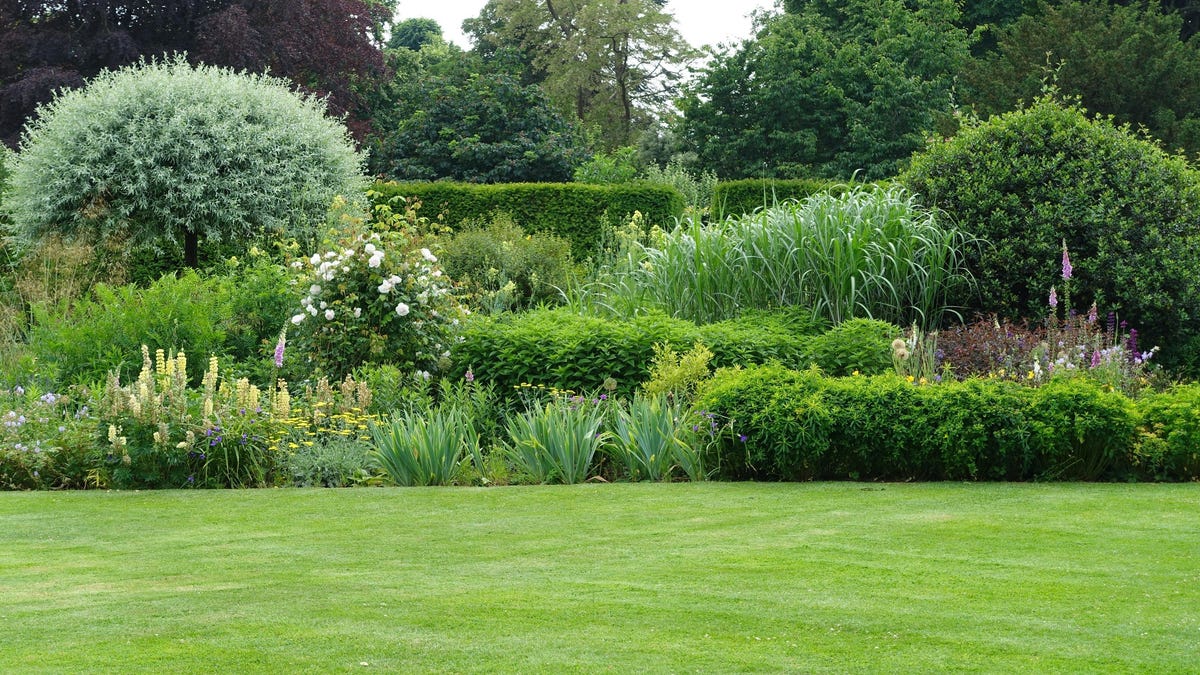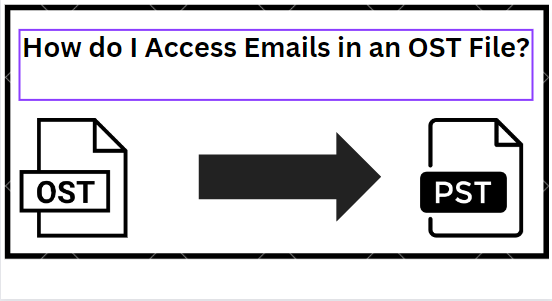How ‘Benign Neglect’ Can Actually Improve Your Garden
If you like the idea of a bountiful garden, but you’re less keen on all the watering, fertilizing, and care it entails, I have a gardening philosophy to share with you: It’s called “benign neglect.” The idea is to...


Photo: 1000 Words (Shutterstock)
If you like the idea of a bountiful garden, but you’re less keen on all the watering, fertilizing, and care it entails, I have a gardening philosophy to share with you: It’s called “benign neglect.” The idea is to create conditions favorable for plants native to an area, and just let them do their thing while you sit back and drink Mai Tais. It sounds basic, but benign neglect is the opposite of centuries of garden design tradition, where “successful” landscapes are ones filled with specific, exotic—and often labor-intensive—flora.
The key to benign neglect gardening
Native plants are the ones that would grow in your neighborhood if humans hadn’t covered the earth with streets and office parks, and there are a ton of advantages to hometown plant heroes. They might not be as pretty as some rockstar plants, but they evolved for millions of years to live in exactly the environment where someone built your house, so they’ll thrive in a way that tulips might not.
Not only will native plants grow better than alien plants, they also won’t grow out of control. Plants don’t care where your property line is, and without the natural “checks and balances” of their native biome, some plants go wild. (Plant some bamboo to see what I mean. Wait, actually, don’t plant some bamboo.)
You might not know where the greenery growing in your yard came from. Both home and civic gardeners made plant choices years ago and probably didn’t consider the local ecosystem, so you might have to do a little research. You can use an app like iNaturalist to instantly identify any plant and then root out as many foreign invaders as you’d like to get rid of.
To find out what plants are native to your home, you can use the National Wildlife Foundation’s Native Plant Finder, which gives a zip-code by zip-code guide to the trees, shrubs, flowers, and grasses of the United States. From there, it’s just about tracking down shrubs and seedlings and planting your new garden.
Benign neglect gardening encourages bugs and birds (in a good way)
To paraphrase Tony Montana in Scarface, “First you get the native plants. Then you get the pollinators. Then you get the women.” Well, birds, anyway.
The insects and birds native to your area evolved right alongside the plants, so they’re designed to live in, eat, and pollinate them. Non-native plants on the other hand, can create a food desert for neighborhood crawlers and flyers, as they often can’t or won’t eat them. So the idea is to get a good crop of native plants growing so the bugs will show up.
Maybe you’re thinking, “But I actually don’t want a lot of insects in my backyard.” This is an understandable concern—the relationship between human and insect is tense at best—but you have to think of the good bugs that come with the bad. You like caterpillars, ladybugs, bees, and butterflies, right? One of the ultimate goals of benign neglect gardening is to draw those helpful insects and pollinators in to keep the flowers and vegetables healthy without you having to lift a finger. They’re like your little servants. Plus, the bugs will attract hungry birds, and everyone likes birds. A native garden is more resistant to invasive species too, and you know that means? Less weeding.
Research has shown that suburban landscaping using native plants supports significantly more “caterpillars and caterpillar species and significantly greater bird abundance, diversity, species richness, biomass, and breeding pairs of native species,” and bird species of “regional conservation concern” were eight times more abundant on properties with native plants.
Neglecting your garden could save you money (and help save the world)
We use about nine billion gallons of water per day in the U.S. to keep our lawn and gardens growing, and the average U.S. family spends $1,100 per year on water. If your garden gets all or most of its water from rain and humidity, you could bring that cost way down. Plus, all that water needs to be treated and pumped, and that uses energy, which often requires burning fossil fuels.
So by benignly neglecting your garden, you’re not just saving a buck, you’re saving the planet—and you get to be lazy.

 Astrong
Astrong 































